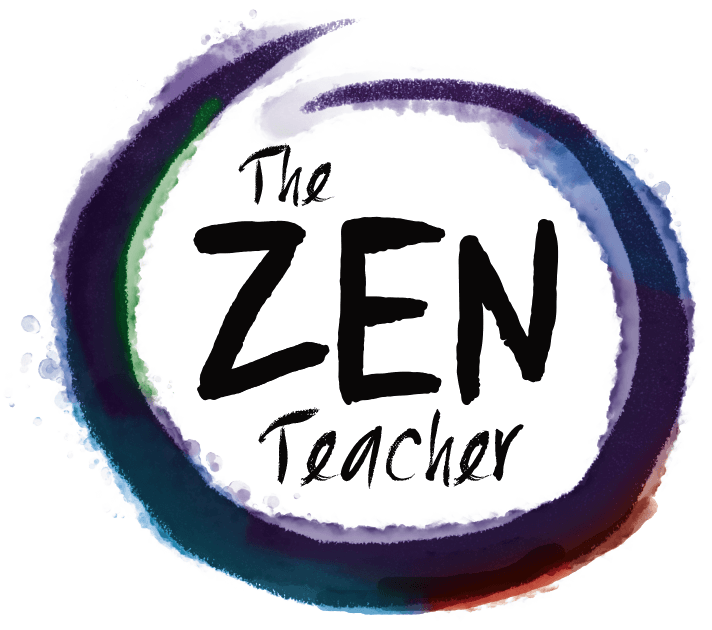Welcome to THE ZEN TEACHER PROFILE. Here, experienced teachers respond to questions that explore their use of Zen-inspired techniques and concepts in their day-to-day classroom experience.
If you would like to participate in THE ZEN TEACHER PROFILE please feel free to let me know by using the contact form on the website, which can be found here, or emailing me at teachingzen@gmail.com. I offer you twenty-two questions and you choose the three you’d like to answer.
1. How do you attempt to “Be In The Moment” as you teach?
Teaching is all about being in the moment as it isn’t about the teacher, it is about the minds of the
folks before us. Therefore if a question brings us away from the “intended” instruction, we must
allow the students’ interests to take us on a journey. In addition to letting student inquiry lead the
direction of learning, if we take risks and they don’t work, we need to be able to say so, abandon
what is going on, and start over. You can’t do that if you are looking too far ahead. There are far
too many opportunities in a classroom to change direction and make learning exciting to stick to
a script exclusively.
2. Does going slow figure in your life as a teacher and, if not, why not?
Going slowly is extremely hard for me. I’m like an ADHD teenager, completely fickle and easily
bored. I’m interested in moving, moving, moving, so slowing down takes a great deal of
conscious effort. I’m constantly checking in with students to make sure their needs are being
met appropriately and that my pace is working for them. It took me a long time to realize that all
learners go at different speeds and my speed is exceptionally fast. Sometimes we must take
conscious efforts to breathe and really listen to those around us. For me, wait time is incredibly
important and I have worked hard to implement it more judiciously.
3. What role does meditation/reflection play in your classroom experience?
Reflection in the hallmark of both my practice and what I teach students to do in their own
practice. Using my blog as a place to consider how things go, where I’m strong and how I can
build on it, and where I’m in need of growth is essential to becoming a better learner and really
modeling that behavior for students. In turn, students are expected to reflect at the end of class,
end of each assignment, and end of each unit. They consider their growth against personal
goals and standards and show evidence of that growth in their work. They also talk about areas
still in need of growth and set new goals. My greatest responsibility is helping students
understand themselves as learners. How to really look at themselves metacognitively and work
hard to know when they are achieving and when they need help. Asking for help is another skill
we develop as a part of reflection. Each learner needs time to truly explore where they start and
end and, most importantly, the journey of how they got there. TZT
High school educator, author, reformer, recovering perfectionist, Starr Sackstein leads by
example both in the classroom and on the internets. Tattooed, quirky and opinionated, she
takes every opportunity to learn and dispel myths and false expectations. Impassioned writer,
photographer and mother to a sassy eight year old, Starr is convinced that her cats were human
in another life. Grateful Dead enthusiast and fierce defender of first amendment rights.
Starr Sackstein, MJE, NBCT – www.starrsackstein.com
Twitter: @MsSackstein
Starr Sackstein, MJE Facebook Fan page
Teaching Mythology Exposed: Helping Teachers Create Visionary Classroom Perspective
Blogging for Educators
Work in Progress – EducationWeek Teacher

